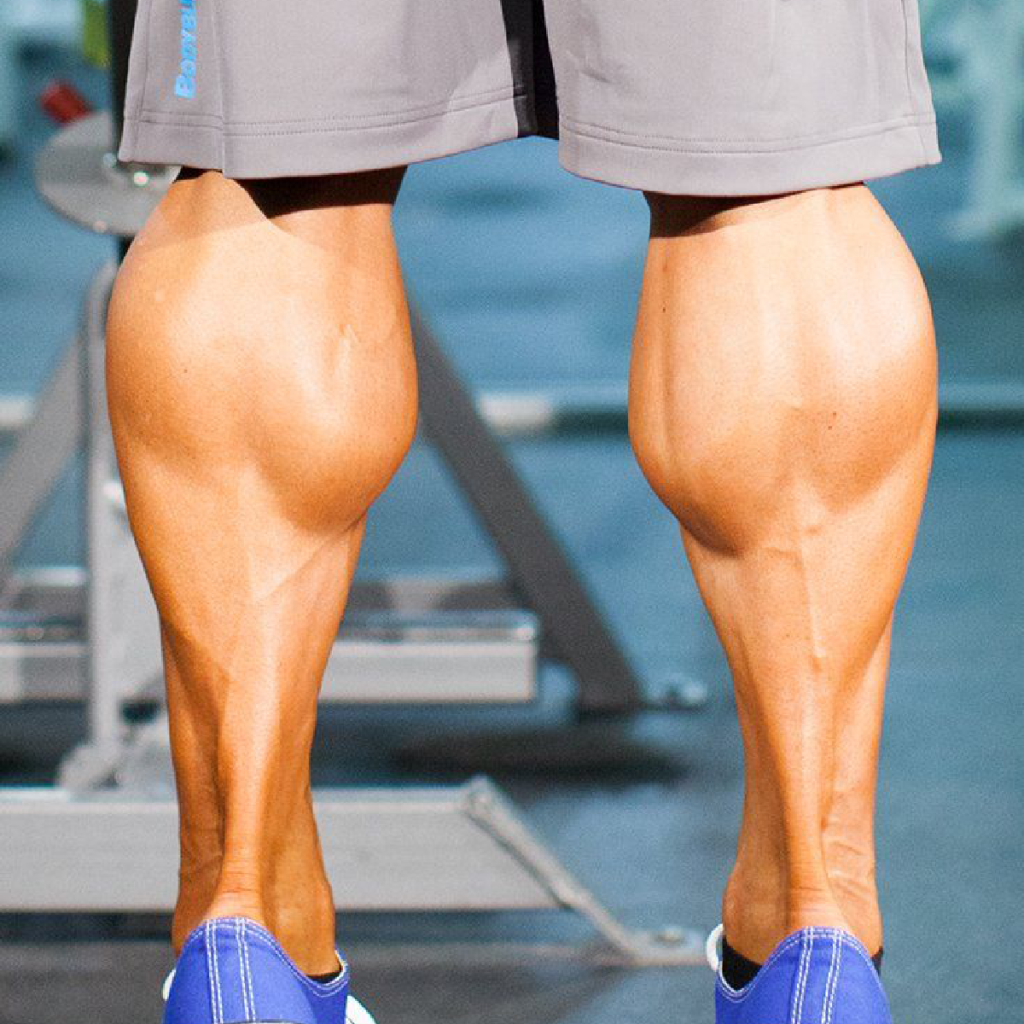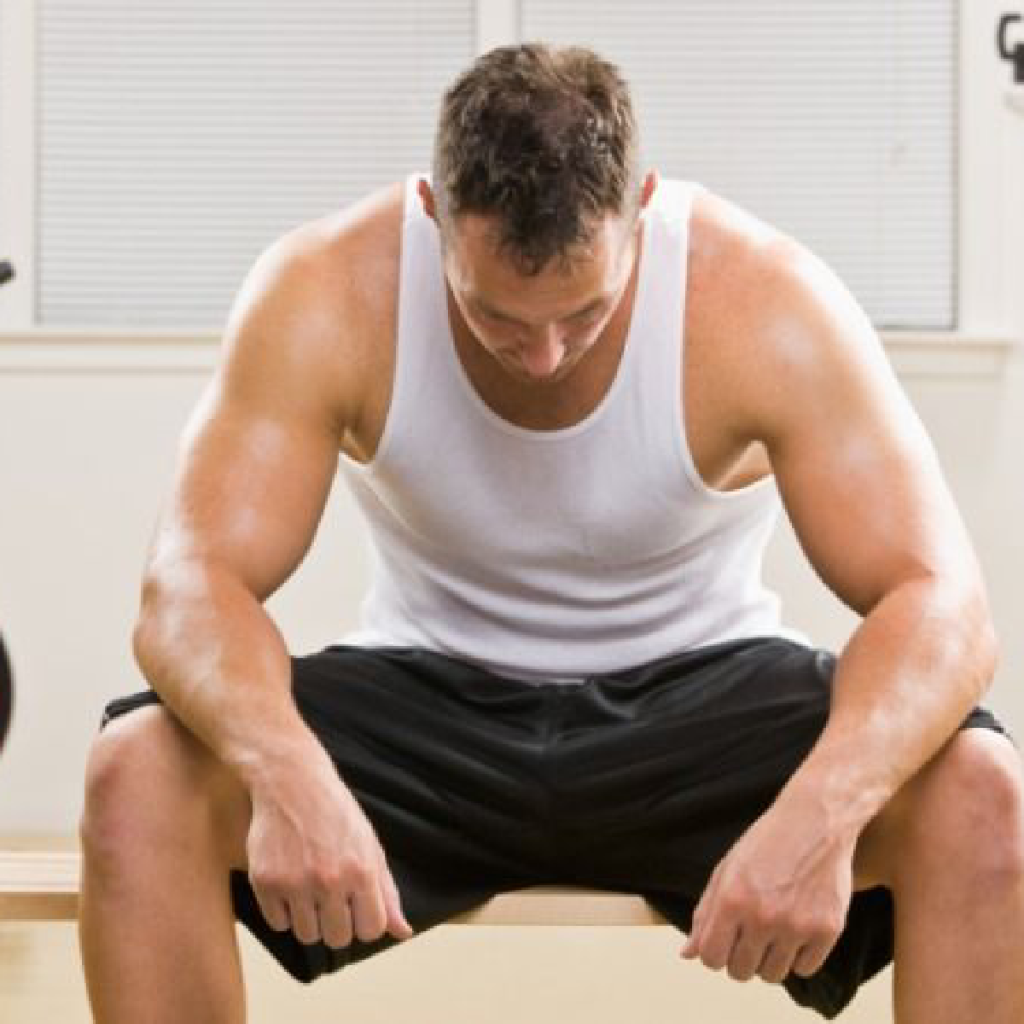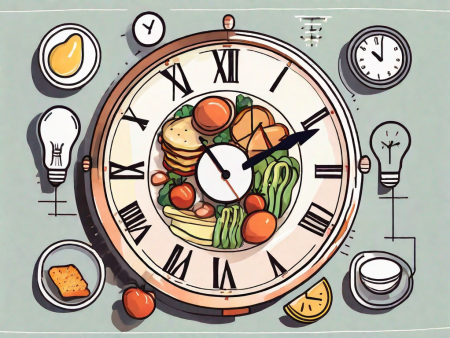Discover the ultimate step-by-step guide on how to build leg muscles effectively.
How to Build Leg Muscles: A Step-by-Step Guide
Hey there, fitness fanatics! If you’re looking to beef up those leg muscles and rock some killer quads, you’ve come to the right place. In this step-by-step guide, we’ll dive deep into the world of leg muscle building and arm you with all the knowledge you need to get those gams in tip-top shape. So, let’s kick it off with a little anatomy lesson, shall we?

Understanding the Anatomy of Leg Muscles
Before we start pumping iron and doing lunges like there’s no tomorrow, it’s important to know what makes up those muscles in our legs. We’ve got quite a cast of characters down there, each with their own unique role to play.
Let’s dive deeper into the fascinating world of leg muscles and explore the intricate details of their anatomy.
The Role of Each Major Leg Muscle
First up, we have the quadriceps femoris, also known as the quads. These bad boys are located at the front of your thigh and are responsible for straightening your leg at the knee. They consist of four individual muscles: the rectus femoris, vastus lateralis, vastus medialis, and vastus intermedius. Each of these muscles works in harmony to provide stability and power to your knee joint.
Now, let’s take a closer look at the hamstrings. Found at the back of your thigh, these muscles help you bend your leg at the knee and extend it backward. Comprised of three muscles – the biceps femoris, semitendinosus, and semimembranosus – the hamstrings play a crucial role in activities like running, jumping, and kicking.
Moving further down, we encounter the calf muscles. The gastrocnemius and soleus work together to help you stand on your tiptoes, jump, and flex your foot. The gastrocnemius is the larger, more visible muscle that forms the bulge at the back of your lower leg, while the soleus lies deeper and provides stability and strength.
How Muscles Grow: The Science Behind It
Now that we’ve met the cast of characters, let’s talk about how these muscles grow. It’s not just about lifting weights and doing a million squats (although those definitely help!). Muscle growth, or hypertrophy, occurs when you stress your muscles through resistance training, causing tiny tears in the muscle fibers.
These microscopic tears then stimulate a response from your body, triggering the repair process. During this repair process, your muscles rebuild themselves, making them stronger and more resilient. This adaptation is driven by the activation of satellite cells, which help in the regeneration and growth of muscle fibers.
As you continue to challenge your leg muscles with progressive overload, such as increasing the weight or intensity of your exercises, the muscle fibers adapt further by increasing in size and number. This results in the development of stronger and more defined leg muscles.
Additionally, proper nutrition, including an adequate intake of protein, is essential for muscle growth. Protein provides the building blocks needed for muscle repair and synthesis, ensuring optimal muscle development.
So, the next time you embark on a leg day workout, remember the intricate interplay of these leg muscles and the amazing process of muscle growth that occurs within them. Your legs are capable of incredible strength and power, and understanding their anatomy is the first step towards unlocking their full potential!
The Importance of Nutrition in Muscle Building
Now that we’ve got the science out of the way, let’s talk fuel. Building muscle isn’t just about lifting heavy things; it’s also about giving your body the nourishment it needs to repair and grow those muscles. Think of nutrition as your secret weapon in the battle to build biceps for your legs.
When it comes to muscle building, it’s important to understand that exercise alone is not enough. Your body requires a specific set of nutrients to support muscle growth and recovery. By fueling your body with the right foods, you can optimize your muscle-building potential and achieve the results you desire.
One of the most crucial nutrients for muscle growth is protein. Protein is the building block of muscles, providing the necessary amino acids for repair and growth. Including ample amounts of protein in your diet is essential for maximizing muscle gains. Good sources of protein include lean meats, such as chicken and turkey, fish like salmon and tuna, eggs, and plant-based options like tofu and lentils.
In addition to protein, carbohydrates play a vital role in muscle building. Carbohydrates are the primary source of energy for your body, especially during intense workouts. They provide the fuel needed to power through your training sessions and support muscle repair. Opt for complex carbohydrates like whole grains, fruits, and vegetables, as they provide a steady release of energy and are packed with essential vitamins and minerals.
Meal planning is a game-changer when it comes to muscle gain. By taking the time to plan and prepare your meals in advance, you can ensure you’re getting the right balance of nutrients to support muscle growth. Meal prepping also saves you time and money, making it a win-win situation.
When creating your meal plan, be sure to incorporate protein-packed snacks to keep your muscles fueled throughout the day. Greek yogurt, nuts, and protein bars are excellent options that provide a quick and convenient source of protein. Additionally, don’t forget to hydrate! Water is essential for optimal muscle function, as it helps transport nutrients to your muscles and aids in the removal of waste products. Aim to drink at least eight glasses of water per day to stay properly hydrated.
In conclusion, nutrition plays a crucial role in muscle building. By focusing on consuming adequate amounts of protein and carbohydrates, and by implementing meal planning strategies, you can optimize your muscle-building potential. Remember, building muscle is not just about lifting weights; it’s about nourishing your body to support growth and repair. So, fuel up and watch those muscles grow!
The Role of Exercise in Building Leg Muscles
Alright, it’s time to get moving! Exercise is the bread and butter of muscle building, and your legs are no exception. But before we lace up our sneakers, let’s explore the different types of exercises that target those leg muscles.
Types of Exercises for Leg Muscles
Squats, lunges, and deadlifts, oh my! These compound exercises work multiple leg muscles at once, giving you maximum bang for your buck. Incorporate them into your workouts to sculpt those quads, hammies, and calves.
But it’s not just about the big lifts. Don’t forget about the smaller, supporting muscles too! Add exercises like calf raises, hamstring curls, and leg extensions to your routine for a well-rounded leg day.
When it comes to building leg muscles, it’s important to target both the larger and smaller muscle groups. The quadriceps, located at the front of the thigh, are responsible for extending the knee joint. Squats are a fantastic exercise for targeting the quads, as they engage the quadriceps, glutes, and hamstrings all at once. Lunges, on the other hand, primarily target the glutes and hamstrings, making them a great addition to your leg day routine.
Deadlifts are another compound exercise that work multiple muscle groups, including the quadriceps, hamstrings, and glutes. This exercise not only helps build leg muscles, but also improves overall strength and stability. By incorporating these compound exercises into your routine, you’ll be well on your way to sculpting strong and defined leg muscles.
Creating a Workout Routine for Leg Muscles
When it comes to leg day, variety is key. Mix up your routine to keep those muscles guessing and prevent boredom. Aim for a combination of strength training and cardio exercises to build muscle and burn fat simultaneously.
In addition to compound exercises, it’s important to incorporate isolation exercises that target specific leg muscles. Calf raises, for example, are a great way to strengthen and tone the calf muscles. This exercise involves standing on the edge of a step or platform and raising your heels as high as possible, then lowering them back down. By performing calf raises, you’ll be able to develop strong and defined calf muscles.
Hamstring curls are another effective isolation exercise for targeting the back of the thigh. This exercise can be performed using a machine or with resistance bands. By bending your knees and curling your heels towards your glutes, you’ll engage the hamstrings and build strength in this muscle group.
Leg extensions, on the other hand, primarily target the quadriceps. This exercise involves sitting on a leg extension machine and extending your legs against resistance. By performing leg extensions, you’ll be able to isolate and strengthen the quadriceps, helping to build strong and defined leg muscles.
When creating a workout routine for leg muscles, it’s important to start with lighter weights and fewer repetitions, gradually increasing the intensity as your muscles get stronger. This progressive overload approach will ensure that you continue to challenge your muscles and promote muscle growth.
And don’t forget to give yourself rest days to allow for proper recovery. Rest is just as important as exercise when it comes to building muscle. It’s during rest periods that your muscles repair and grow stronger. So make sure to listen to your body and give yourself the rest you need to optimize your leg muscle building journey.
The Importance of Rest and Recovery
Ah, rest. The unsung hero of muscle building. Building leg muscles isn’t just about what you do in the gym; it’s also about what you do afterward. Giving your body time to rest and recover is crucial for muscle growth and injury prevention.
How Rest Affects Muscle Growth
When you work out, you’re essentially breaking down your muscles. It’s during rest periods that your muscles get a chance to repair and rebuild themselves. Skipping rest days can lead to overtraining, which can hinder muscle growth and increase the risk of injury.
Tips for Effective Recovery
Recovery doesn’t just mean lounging on the couch all day (although that can be enjoyable too!). Active recovery, like light stretching or low-intensity activities, can help increase blood flow to your muscles and promote healing.
Getting enough sleep is also essential for muscle recovery. Aim for 7-9 hours of quality sleep per night to give your body the time it needs to repair and recharge.
Common Mistakes in Building Leg Muscles
Now that you’re armed with all the knowledge you need to build those leg muscles, let’s talk about some common pitfalls you’ll want to avoid along the way.

Overtraining and Its Effects
More is not always better, especially when it comes to working out. Overtraining can lead to fatigue, decreased performance, and even injury. Listen to your body and give it the rest it deserves.
Neglecting Nutrition and Rest
No matter how hard you work out, if you’re not fueling your body properly or giving it time to recover, you’re not going to see the gains you desire. Remember, building leg muscles is a holistic process that requires both dedication in the gym and mindful choices outside of it.
Now that you’ve got the lowdown on leg muscle building, it’s time to put that knowledge into action. So grab your water bottle, slip on those workout clothes, and get ready to conquer leg day like a champ. Your legs will thank you later!
Remember, building muscle takes time and consistency, so don’t get discouraged if you don’t see results overnight. Stay committed, stay motivated, and soon you’ll be strutting your stuff with confidence and killer leg muscles. You’ve got this!







